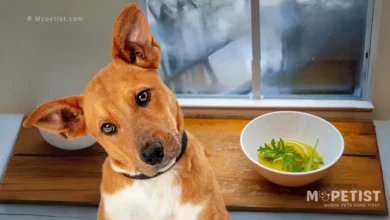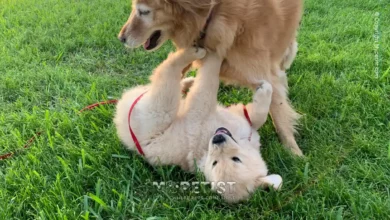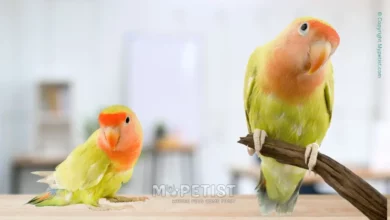How to House Training Your Puppy: Tips and Tricks for Success
Bringing a new puppy home can be an exciting and rewarding experience, but it can also be challenging at times. One of the most important tasks for any new dog owner is to house train their puppy. This process can take time and patience, but the end result is a well-behaved and happy pup that fits seamlessly into your family. Discover the best tips and tricks on how to house training your puppy! Learn how to make the process easier and more successful with our helpful guide.
In this article, we will provide you with tips and tricks for successful house training, from understanding your puppy’s behavior to establishing a routine and positive reinforcement techniques. With persistence and consistency, you can train your puppy to be a well-mannered and beloved member of your household in no time.
Importance of house training your puppy
House training your puppy is an essential part of their early education. It is one of the first things you should teach your puppy when you bring them home. House training your puppy involves teaching them how to use the bathroom outside and not inside your house. This is important for various reasons. Firstly, it helps maintain cleanliness in your home.
Puppies can make a mess when they relieve themselves inside the house, leading to bad odors and stains. Secondly, it is vital for the puppy’s hygiene and health. By teaching the puppy to use the bathroom outside, you decrease the risk of them contracting diseases caused by exposure to bacteria in their bathroom area. Lastly, it prevents the puppy from developing bad behavior.
When they learn to use the bathroom in the appropriate area, it helps teach them discipline and obedience, leading to better behavior overall. House training your puppy can be challenging, but with patience and consistency, it can help them become well-mannered and well-behaved pets.
Common challenges in house training
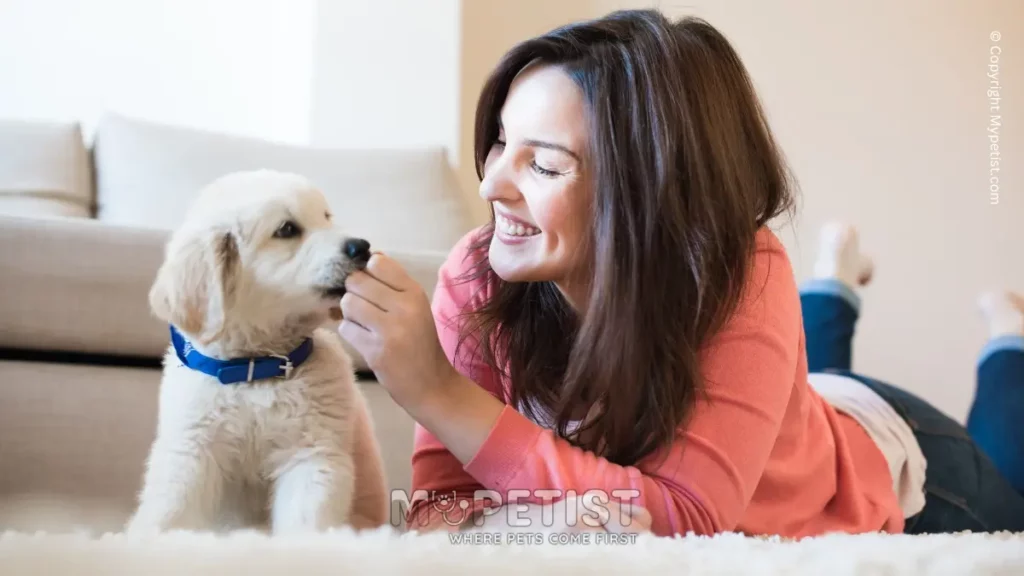
Puppy house training is a challenging task that requires patience and consistency from owners. One common challenge is accidents in the house, especially during the early stages of training, when puppies are still learning to control their bladder and bowel movements. Another obstacle is inconsistent routines, including feeding times and going outside to relieve themselves.
Puppies may also resist going outside when the weather is too hot or too cold. Additionally, some breeds are more difficult to train than others, and owners must adjust their training methods to suit their puppy’s individual needs. Finally, owners must be prepared to devote a significant amount of time and energy to training their puppy, as it can take weeks or even months for them to fully grasp the concept of house training.
How to House Training Your Puppy
Learn how to house train your puppy within days, not weeks! Get tips and tricks to make the process easier and more successful.
Understanding your puppy’s behavior
A. Their natural instincts
Understanding your puppy’s behavior can be a challenge. One key aspect to consider is their natural instincts. Puppies have inherited certain behaviors from their wild ancestors that help them survive in the world. For example, their instinct to chew comes from their need to gnaw on bones and other objects in order to strengthen their teeth and jaws.
Similarly, their tendency to dig comes from their natural inclination to create a safe and comfortable den in the ground. Additionally, puppies are pack animals and are wired to follow a social hierarchy. As a pet owner, it is important to understand and respect these instincts in order to properly train and care for your puppy. By recognizing and working with their natural behaviors, you can help your puppy feel more comfortable and secure in their new home.
B. Importance of routine
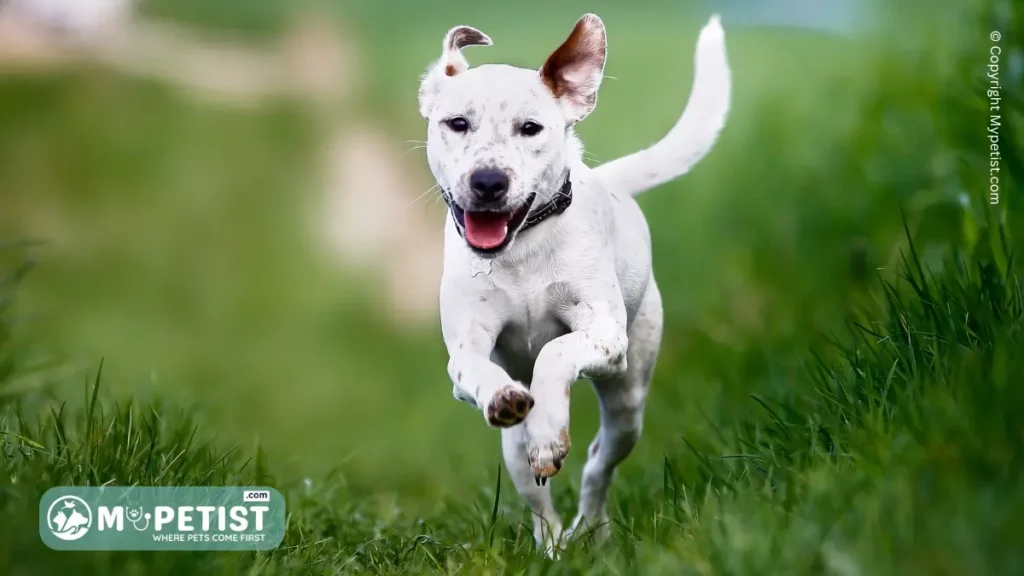
One of the essential factors in understanding your puppy’s behavior is realizing the importance of routine. Puppies thrive on routine, and establishing a regular feeding, sleeping, and playing schedule can help regulate their behavior. When your puppy knows what to expect, they are less likely to feel anxious, stressed, or aggressive.
Additionally, following a routine can help you better anticipate your puppy’s needs, which, in turn, makes training and discipline easier. By establishing a consistent routine, you can create a stable and predictable environment for your puppy, which can go a long way in keeping them happy, healthy, and well-behaved.
C. Reading your puppy’s body language
Reading your puppy’s body language is crucial in understanding your puppy’s behavior. As puppies cannot communicate verbally, they rely heavily on using their body to communicate their thoughts and feelings to their owners. It is essential to watch and observe your puppy’s body language and reactions to various stimuli to comprehend their behavior.
Puppies often exhibit signs of fear, excitement, joy, or anger through their body language. For example, when your puppy is happy, they may wag their tail enthusiastically, lick your face or cuddle up beside you. On the other hand, if your puppy is fearful, they may tuck their tail between their legs, lower their head, and avoid eye contact.
With time and patience, owners can learn to read their puppy’s body language, allowing them to respond appropriately to their needs and emotions.
Setting up a routine for success
A. Importance of consistency
Consistency is crucial for success when training your puppy. This is because dogs thrive on structure, routine and predictability. If you want your puppy to learn something, such as where to go to the bathroom or how to sit, you need to repeat the same behaviour consistently.
Inconsistency, on the other hand, sends mixed messages to your puppy which can lead to confusion and frustration. For example, if you’re trying to teach your puppy not to jump up on people but someone else in the household allows it, this will confuse your puppy and make it harder for them to learn.
A consistent approach to training is also necessary because puppies have a short attention span and memory, and need to be reminded often of what they’ve learnt. Therefore, by maintaining a consistent training routine, your puppy will learn faster and be more successful in their training.
B. Schedule for feeding and potty breaks
Establishing a regular feeding and potty break schedule is crucial in the process of training a puppy. It is recommended to feed them three to four small meals a day, giving them ample time to digest their food before their next meal. Potty breaks should be taken immediately after meals, as well as after playtime or naps. As a general rule, puppies should be taken out every two to three hours, but this can vary based on their age and size.
It is important to consistently take them to the same designated spot outside, using a keyword to associate with going potty, such as “go potty” or “do your business.” Praising and rewarding them for going in the designated spot will reinforce their good behavior. Over time, the puppy will learn to hold their bladder for longer periods and alert their owner when they need to go out.
C. Positive Reinforcement Use
Positive reinforcement is an effective method for shaping desirable behaviors in puppies during training. This approach involves rewarding good behavior with treats, praise, or toys, rather than using punishment or scolding for unwanted behaviors. Positive reinforcement also builds trust between the puppy and owner, as the puppy learns to associate good behavior with positive outcomes.
Some examples of using positive reinforcement in puppy training include giving treats for obeying basic commands or correcting unwanted behavior by redirecting the puppy’s focus to a more acceptable activity. Additionally, introducing positive reinforcement from a young age helps puppies to learn quickly and reduces the likelihood of negative behavior patterns developing later on.
Overall, using positive reinforcement techniques in puppy training can result in a happy, obedient, and well-behaved furry companion.
Tips for successful house training
A. Use of a crate for successful house training
Using a crate can be a useful tool for successfully house training your dog. When introducing the crate to your dog, it’s important to make it a positive experience by offering treats and gradually increasing the time they spend inside. The crate should be the appropriate size for your dog, allowing them to stand up, turn around, and lay down comfortably. Dogs often view their crate as a safe and secure den, which can help prevent accidents in the house.
By using the crate as a consistent location for your dog to sleep and rest, they will learn to hold their bladder and bowels until they are given a designated time to go outside. It’s important to avoid using the crate as a punishment or leaving your dog inside for extended periods of time. With patience and consistency, using a crate can be an effective tool for house training your furry friend.
B. Supervision and patience
Supervision and patience are crucial for successful house training of your dog. It is important to keep a close eye on them and take them outside frequently to prevent any accidents in the house. Consistent positive reinforcement when they successfully go outside will encourage your pup to continue this behavior. In addition, creating a designated potty space in your yard will help your dog understand where they are expected to go.
It is also important to have patience, as house training can take several weeks or even months. It is unrealistic to expect your pup to be fully trained in a short amount of time. Accidents will happen, but with patience and consistency, your dog will eventually learn the proper behavior and you can enjoy a clean and stress-free home.
C. Consistency and positive reinforcement
Consistency and positive reinforcement are key factors when it comes to successfully house training a dog. The first step is to establish a routine that the dog can easily follow. This includes feeding them at the same time every day, taking them outside to do their business at regular intervals, and making sure that they have access to water throughout the day.
Praise and rewards are also important, as they reinforce positive behavior. When the dog goes to the bathroom outside, it’s important to give them plenty of praise and treats. This positive reinforcement will encourage them to continue using the designated spot. However, it’s also important not to punish them for accidents. Instead, simply clean up the mess and continue with the established routine. By being consistent in both routine and positive reinforcement, house training can be a successful and rewarding experience for both dog and owner.
Common mistakes to avoid
A. Punishing your puppy
When training a new puppy, it’s important to avoid punishing them for their mistakes. While it may be tempting to scold your furry friend when they pee on the carpet or chew up your favorite pair of shoes, punishment is not an effective training method. If anything, it can make your puppy fearful of you and less likely to listen to your commands.
Instead, focus on positive reinforcement. Whenever your puppy does something good, like going to the bathroom outside or playing with their toys instead of your shoes, offer them praise and a treat. This positive feedback will help your puppy learn what behaviors are acceptable and will create a stronger bond between you and your furry friend. Remember, training takes time and patience, so be kind and understanding as your puppy learns what it means to be a well-behaved pup.
B. Inconsistency in the routine
It’s important to establish a routine and stick to it as best as you can. Inconsistency can confuse your puppy and make it harder for them to learn what you want from them. For example, if you sometimes allow your puppy to jump up on people and other times you reprimand them for it, your puppy won’t know what behavior is expected of them.
The same goes for things like potty training and obedience commands. It’s important to have a set schedule and stick to it to help your puppy build good habits. Consistency also helps build trust between you and your furry friend. They’ll know what to expect from you and will be more likely to behave as you want them to. So, make sure to avoid inconsistency in your puppy’s routine and you’ll have an easier time training them.
C. Mis-reading your puppy’s body language
It is important for dog owners to learn and understand their puppy’s body language while training. Misreading your puppy’s body language can lead to confusion and miscommunication during the training process. It can also create anxiety and fear in the puppy, making it difficult for them to learn and trust their owner.
For example, many people mistake tail wagging as a sign of happiness, but it can also indicate fear or aggression. Similarly, a dog’s growling can be a warning of an attack or it could be an invitation to play. Understanding your puppy’s body language is crucial in building a positive relationship with them and ensuring successful training.
It is important to always observe your puppy and pay attention to their body language cues during training, as this will help both owner and puppy get the most out of the training session.
Troubleshooting
When to seek professional help When accidents happen during puppy training, it’s important to remain calm and avoid punishing the puppy. Quickly clean up the mess and take the puppy outside to its designated potty area. Be sure to give the puppy positive reinforcement when it goes potty in the right place. Persistence and patience are key when training a puppy.
Consistently take the puppy outside at regular intervals, and try to limit its access to areas where it may have accidents. Remember that puppies have small bladders and may not be able to hold their pee for very long. If accidents continue to happen despite consistent training, it may be time to seek professional help from a dog trainer or behaviorist.
Don’t be afraid to ask for help – seeking professional guidance can lead to a happier and more successful training experience for both you and your puppy.
Conclusion
House training your puppy is an important step in pet ownership. With the tips and tricks from this article, you can help your pup learn the basics with confidence. Keep in mind that consistency is key, and take it slow when introducing them to new concepts.
Remember, puppies are always learning – so praise and reward them for good behavior! With patience, understanding, and a few treats, house training your puppy will be a positive experience for both of you.

